50 years – a long enough time for the city named after Uncle Ho to transform from the ruins of war into the most modern and dynamic urban area in the country.
The liberation flag flies on the roof of the Independence Palace, 11:30 a.m., April 30, 1975. (Photo: Document of the People's Army Newspaper)
On April 30, 1975, when the liberation flag flew over the Independence Palace, the people of Saigon – now Ho Chi Minh City – opened a new page in history. 50 years have passed, the life of the people of the city named after Uncle Ho is not only a story of material change, but also a journey of aspirations, efforts and challenges in the context of constant development.
From the difficult post-war days to today's modern, dynamic life, Saigon - Ho Chi Minh City is not only a symbol of revival but also a living testament to the strong vitality of the Vietnamese people and the unceasing aspiration of a nation after the country's reunification.
Saigon people took to the streets to welcome the liberation army (Photo: Document - Lao Dong Newspaper)
From the ashes of war to prosperity
After the liberation, the people of Ho Chi Minh City faced countless difficulties. The war left a devastated city, an exhausted economy, thousands of families separated, lacking everything from food, clothing to the most basic needs. Slums sprung up along the black river, long lines of people waiting to receive ration stamps were familiar images of the 70s and 80s. However, in those hardships, the spirit of solidarity and the will to overcome fate helped the people of Ho Chi Minh City gradually rebuild their lives.
With the renovation policy since 1986 and its inherent dynamic and creative spirit, the city has gradually recovered and made breakthroughs. Currently, Ho Chi Minh City contributes more than 20% of the country's GDP and nearly 30% of the national budget revenue. It is home to thousands of domestic and foreign enterprises, and is the center of industry, services, finance and high technology. The High-Tech Parks, Eastern Creative Urban Areas... or the dynamic startup ecosystem, show the city's vision and clear transformation in the digital economic era.
The 50-year journey has witnessed miraculous changes. From a scarce economy, Ho Chi Minh City is now a place where people have access to a more comfortable life than ever before. High-rise buildings replace thatched houses, supermarkets spring up next to traditional markets, children go to school, and adults have diverse job opportunities. Per capita income has increased dramatically, from a few hundred dollars in the 90s to thousands of dollars today. Material life has improved significantly, with the poverty rate falling sharply, opening up opportunities for millions of people to reach their dreams.
Spirit and culture: Still "Saigon of love"
If the economy is the driving force, the urban area is the shape, then culture is the "soul" of Saigon. Over the past 50 years, the city has been a convergence of many cultural currents - a place where people from all over the country choose to settle down and make a living. That diversity creates a rich cultural identity: open, generous, and affectionate.
Although material life has changed, the spirit of the people of Ho Chi Minh City still retains its traditional beauty. The generosity, openness and willingness to help others – characteristics of the old Saigon people – still exist in every alley and every street corner. From 2,000 VND rice shops for the poor to volunteer movements to support people in difficulty, Ho Chi Minh City is a testament to a community that knows how to share and support each other.
Simple and lively street corners of Ho Chi Minh City
In addition, from street art, modern music, coffee culture, to traditional forms such as reformed opera, opera, Saigon cuisine - all coexist and develop in an open space, reflecting the spirit of integration while still maintaining its own character. Festivals, exhibitions, community activities, and the explosion of creative spaces have contributed to nurturing a rich spiritual life for urban residents.
Nowadays, people's spiritual life is richer than ever. People not only worry about food and clothing but also seek art, entertainment and education to enrich their souls. Cinemas, theaters, parks and libraries are springing up everywhere, providing spaces for relaxation and learning. Children have access to technology, adults participate in skills courses, and integrate with global trends. Ho Chi Minh City is not only a place to live, but also a place to dream and develop.
Ho Chi Minh City Book Street is a place where activities take place to preserve and promote the traditional cultural identity of the nation through the language of performing arts, photography, painting, music, architecture... (Photo: Quynh Tran - Thanh Nien Newspaper)
Towards a sustainable future
Looking back 50 years, the life of Ho Chi Minh City people is an inspiring story – from poverty to prosperity, from separation to integration. From bomb-scarred streets and slums, Ho Chi Minh City is now a bustling metropolis with skyscrapers. The new urban area of Thu Thiem, once a desolate lowland, has now become a financial and service center with large-scale architectural works. Modern bridges such as Saigon Bridge, Phu My Bridge, Ba Son Bridge… not only change the landscape but also connect the city to the future.
In 1975, Ho Chi Minh City’s economy relied heavily on retail trade, but today the city contributes more than 20% of the country’s GDP. High-tech industrial parks, international trade centers, and a vibrant startup community have turned Ho Chi Minh City into a “magnet” for domestic and foreign investment. From the traditional Ben Thanh Market to lavish shopping malls, economic diversity has taken an incredible leap.
In the past, bicycles and rickshaws were the main means of transportation, but now Ho Chi Minh City has highways, overpasses, the first metro line, connecting beltways... and a modern transportation network that has shortened the distance, bringing the city closer to major cities in the world.
People's lives have improved. From the days of scarce food stamps, Ho Chi Minh City residents now live in comfort with high-rise buildings, supermarkets, schools and modern hospitals. Average income has increased many times, the poverty rate has decreased sharply, opening up opportunities for millions of people to improve their lives.
Ho Chi Minh City has not only preserved its identity with the Independence Palace and Notre Dame Cathedral, but has also become a modern cultural center with international events, cinemas and theaters. The openness and creativity of its people have created a city that is both traditional and global.
These changes are not just a story of numbers, but a testament to the will to rise of Ho Chi Minh City after 50 years of unification. From the ashes of war, the city has shone as a new “Pearl of the Far East”, ready for the next brilliant milestones.
Above all, Ho Chi Minh City needs to maintain its identity – the identity of a city of love, where people are at the center of all development. 50 years after liberation, the lives of Ho Chi Minh City people are not just a story of numbers or high-rise buildings, but a story of the people who have, are and will continue to make up the soul of this city.
SY THANH // NEWS CENTER
Source: https://htv.com.vn/tphcm-sau-50-nam-giai-phong-hanh-trinh-tu-gian-kho-den-phat-trien


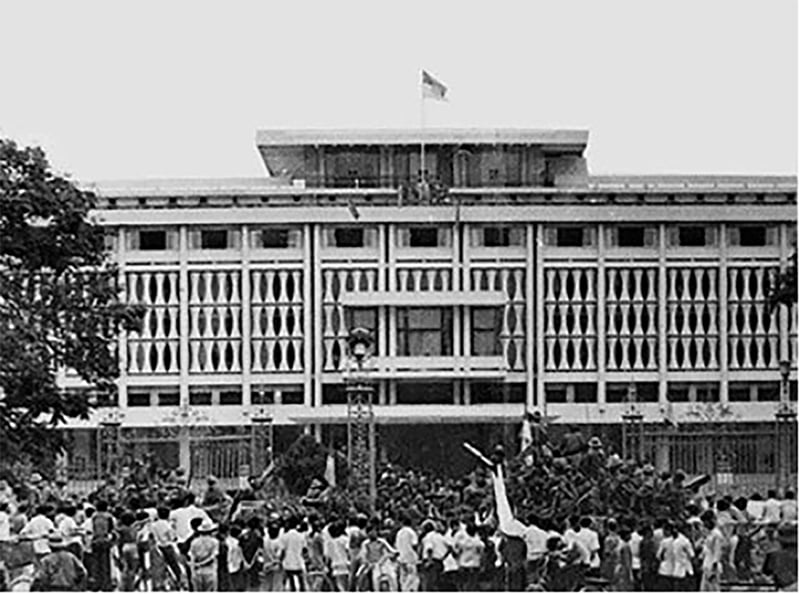
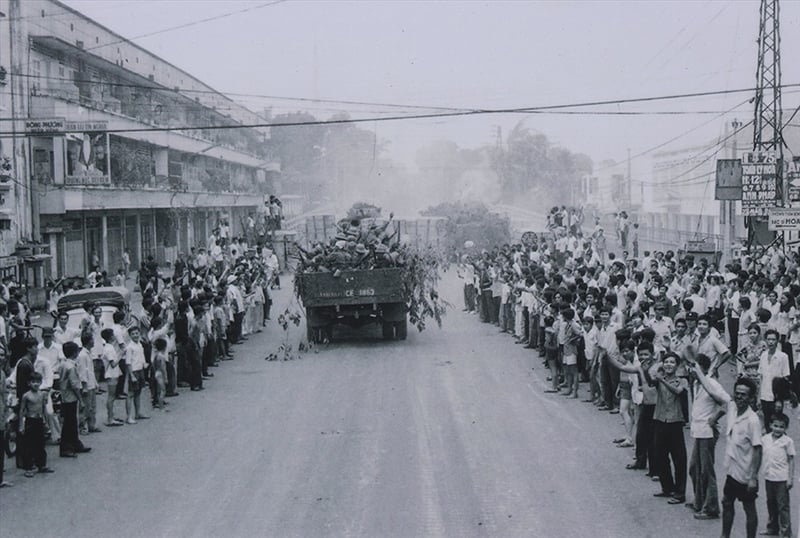
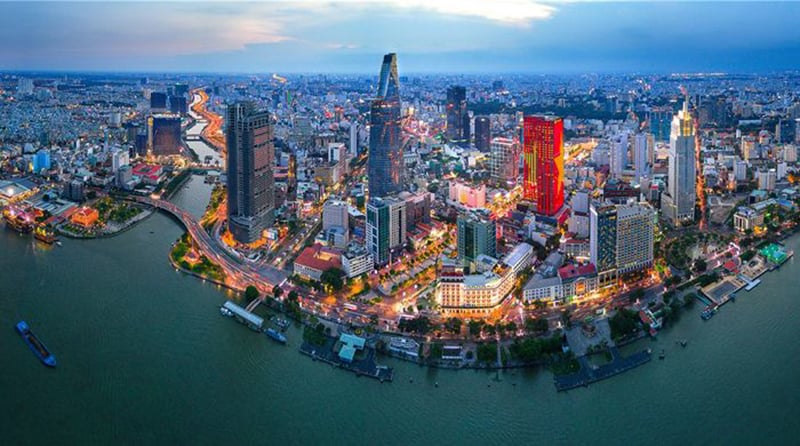
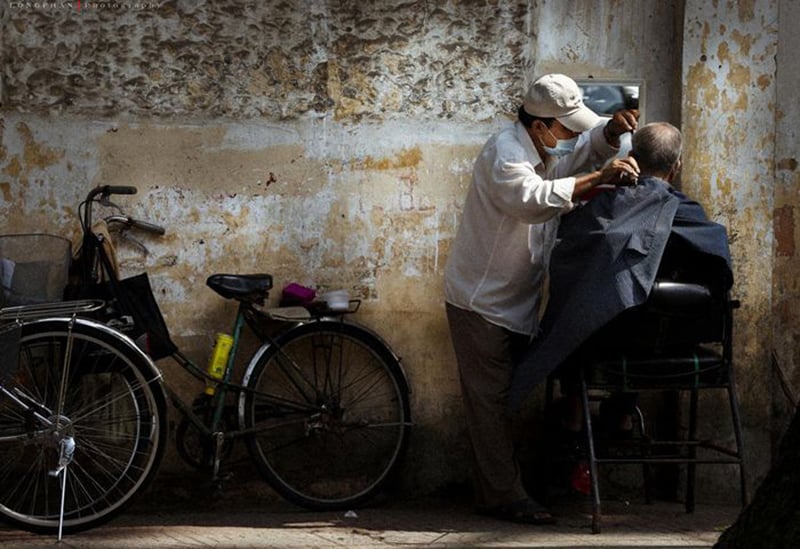
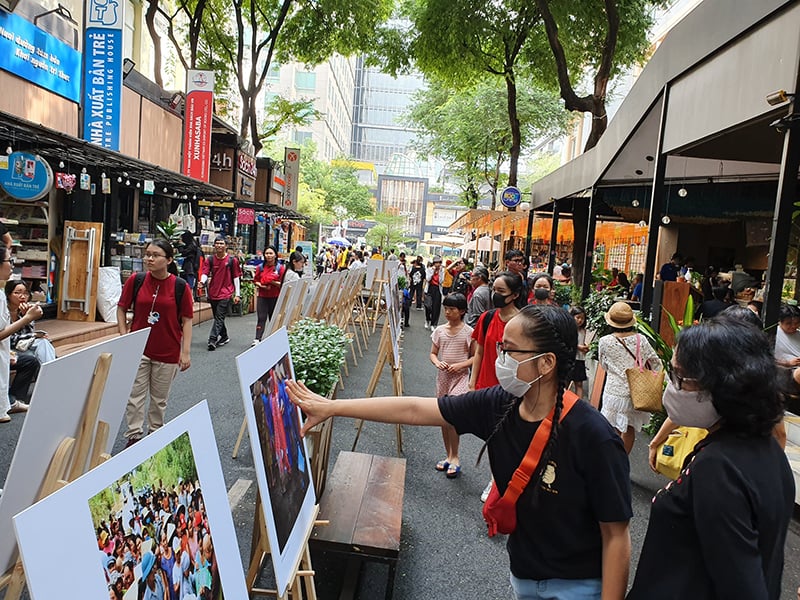
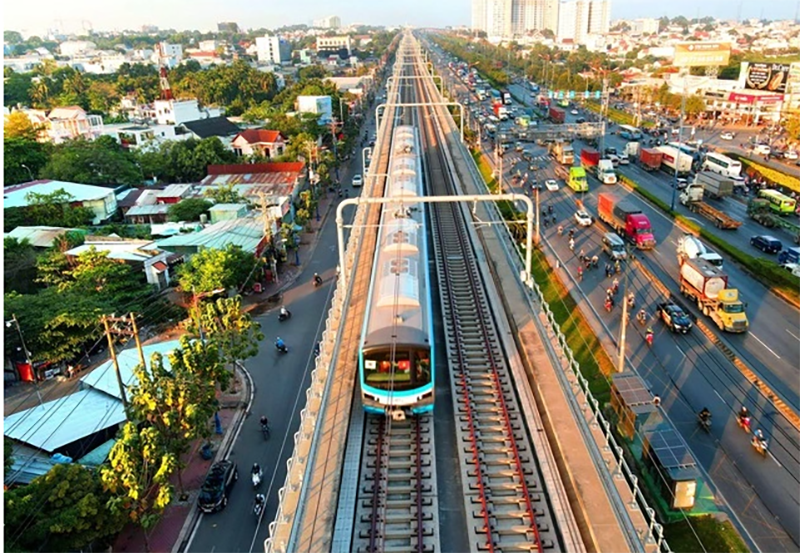
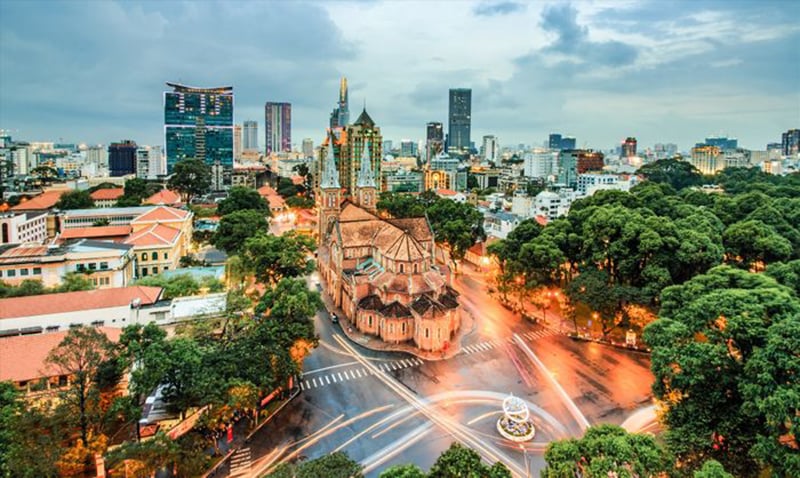
![[Photo] Nghe An: Bustling atmosphere celebrating the 50th anniversary of Southern Liberation and National Reunification Day](https://vphoto.vietnam.vn/thumb/1200x675/vietnam/resource/IMAGE/2025/4/29/64f2981da7bb4b0eb1940aa64034e6a7)
![[Photo] Hanoi is brightly decorated to celebrate the 50th anniversary of National Reunification Day](https://vphoto.vietnam.vn/thumb/1200x675/vietnam/resource/IMAGE/2025/4/29/ad75eff9e4e14ac2af4e6636843a6b53)
![[Photo] General Secretary attends special art program "Spring of Unification"](https://vphoto.vietnam.vn/thumb/1200x675/vietnam/resource/IMAGE/2025/4/29/e90c8902ae5c4958b79e26b20700a980)
![[Photo] Ho Chi Minh City: People are willing to stay up all night to watch the parade](https://vphoto.vietnam.vn/thumb/1200x675/vietnam/resource/IMAGE/2025/4/29/cf71fdfd4d814022ac35377a7f34dfd1)
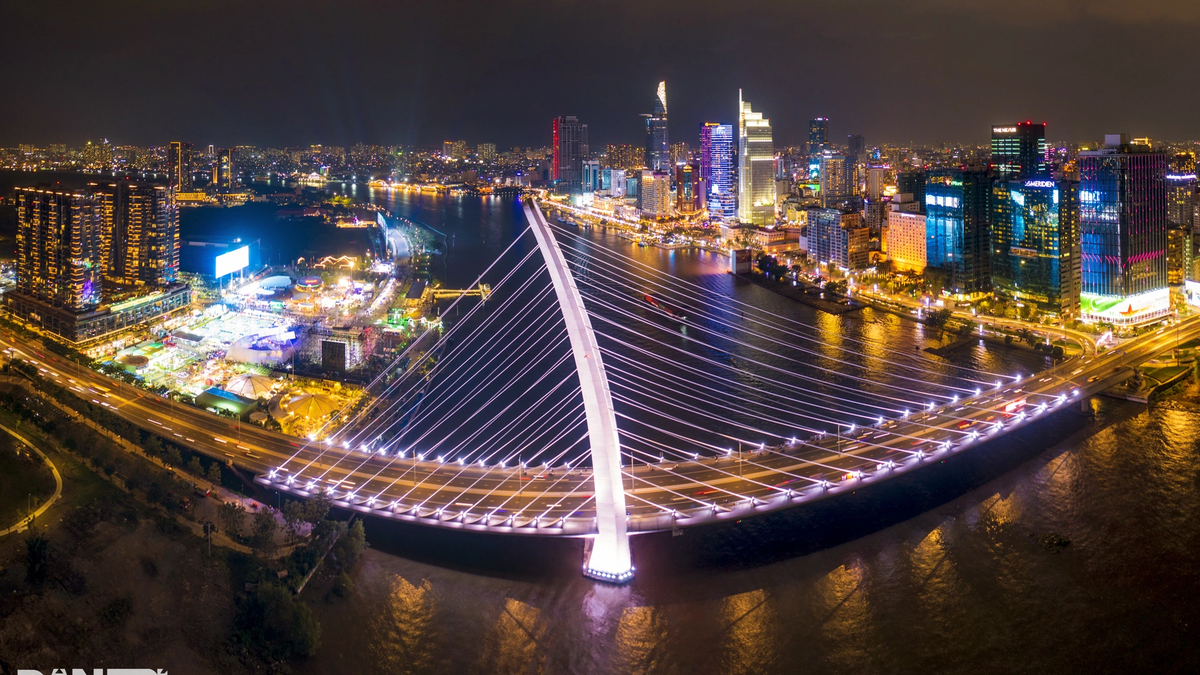
![[Photo] Ho Chi Minh City residents "stay up all night" waiting for the April 30th celebration](https://vphoto.vietnam.vn/thumb/1200x675/vietnam/resource/IMAGE/2025/4/30/560e44ae9dad47669cbc4415766deccf)

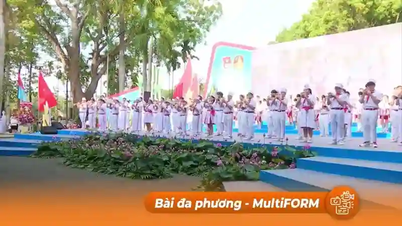
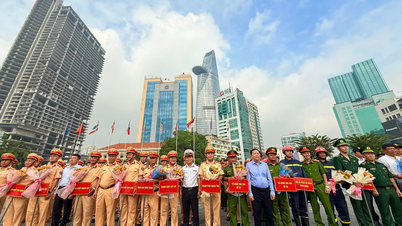
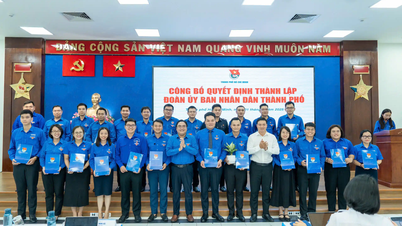
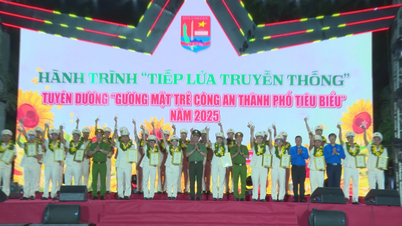
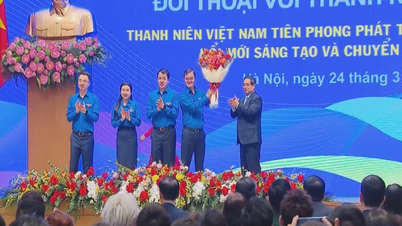

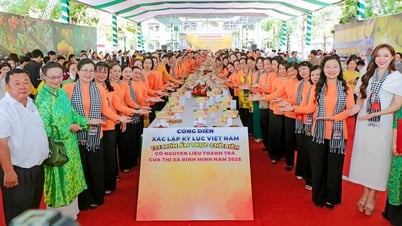


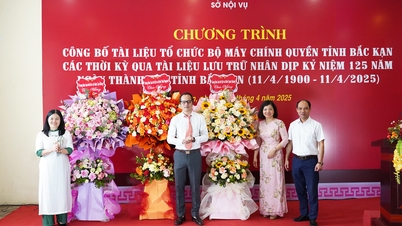





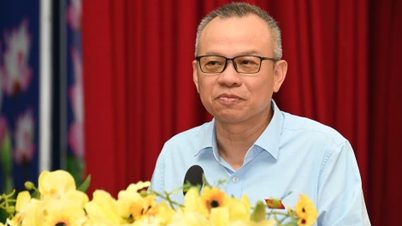

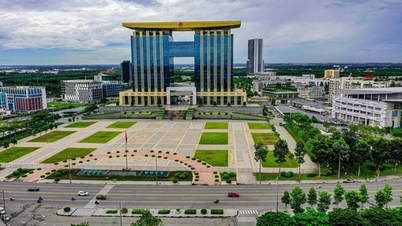
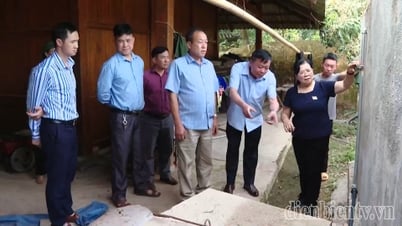


![[Photo] Prime Minister Pham Minh Chinh meets to prepare for negotiations with the United States](https://vphoto.vietnam.vn/thumb/1200x675/vietnam/resource/IMAGE/2025/4/29/76e3106b9a114f37a2905bc41df55f48)














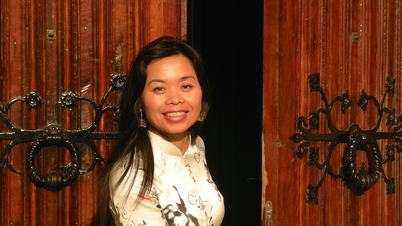



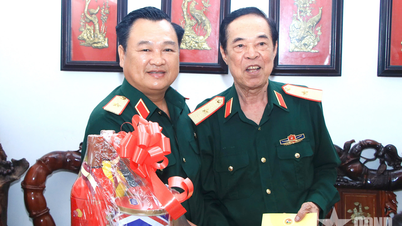








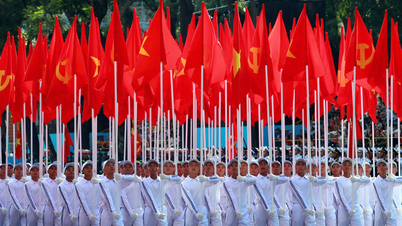







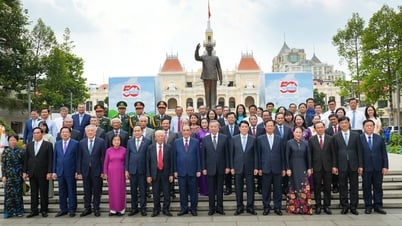










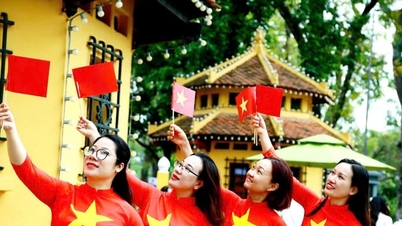

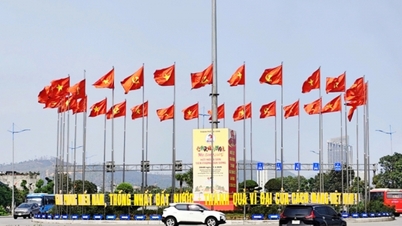

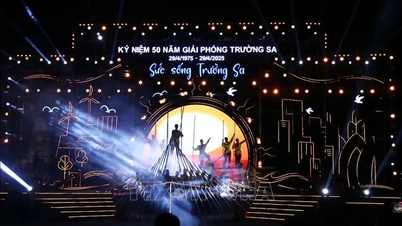

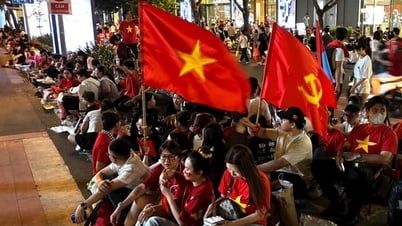
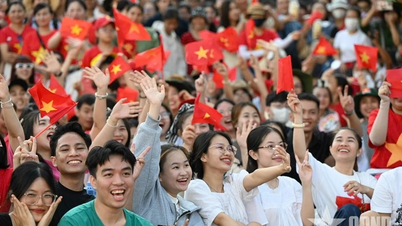












Comment (0)